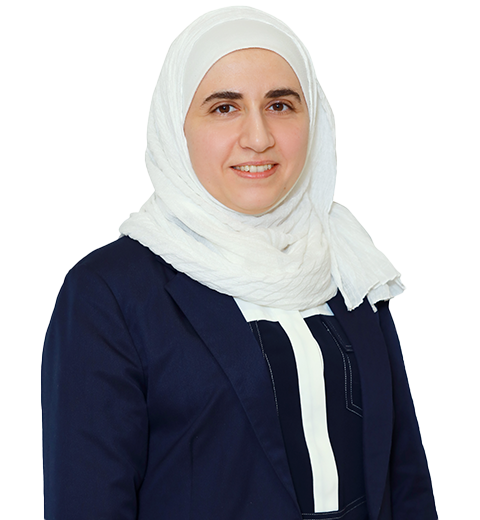Down Syndrome is a genetic condition caused by an extra copy of chromosome 21, which results in some characteristic physical features and intellectual and developmental disabilities. People with the condition have an increased risk of certain medical conditions such as congenital heart defects, respiratory and hearing problems, Alzheimer’s disease, childhood leukemia, and thyroid conditions.
What are the Signs of Down Syndrome?
There are many symptoms, but not all people display all of them. Common signs include,
- Low muscle tone
- Flat facial features
- Small head size
- Short neck
- Coarse hair
- Short stature
- Small hands and feet
How Common is Down Syndrome?
According to the Global Down Syndrome Foundation, Down Syndrome is “the most frequently occurring chromosomal condition” and is found in 1 in 691 live births. That makes it the most common chromosomal condition. It occurs in all races, ethnicities, and genders worldwide. While it’s more common in older parents, it can happen to anyone. When you consider that almost 6 million worldwide have this condition, it becomes clear that having a child with Down Syndrome is far more common than many think.
What Causes Down Syndrome?
Down Syndrome is a genetic condition caused by an extra copy of the 21st chromosome. There are three types of Down Syndrome: trisomy 21 (nondisjunction), translocation, and mosaicism.
In nondisjunction, there are three copies of chromosome 21 in every cell of the body instead of two. This is the most common form and accounts for 95% of cases.
In translocation Down Syndrome, an extra copy of chromosome 21 attaches to another chromosome during cell division, resulting in extra genetic material from chromosome 21 being present in every cell. About 3% to 4% of people with Down Syndrome have this form.
In mosaic Down Syndrome, some cells have an extra copy of chromosome 21 while other cells do not. Mosaic Down Syndrome is rare and accounts for 1% to 2% of all cases.
How is Down Syndrome Diagnosed?
Down Syndrome can be diagnosed before birth (prenatally) by Fetal Medicine experts or after a baby is born (postnatally) by Neonatologists. Most children with Down Syndrome are identified through prenatal screening because of the associated medical risks.
A blood test called cell-free DNA screening (also called noninvasive prenatal testing or NIPT) can be done as early as ten weeks of pregnancy. The results are typically fast and accurate. Because this test looks only for Down Syndrome, it is important to confirm any positive results with an additional test, such as an ultrasound, amniocentesis, or chorionic villus sampling (CVS).
Ultrasound, may be performed during the second trimester of pregnancy (15–20 weeks) to evaluate the fetus for congenital disabilities.
The tests used also include amniocentesis, chorionic villus sampling (CVS), percutaneous umbilical blood sampling (PUBS), and noninvasive prenatal testing (NIPT).
Amniocentesis: This test involves removing amniotic fluid from the womb using a needle inserted through the woman’s abdomen. Amniotic fluid contains cells from the unborn baby and is examined.
Chorionic Villus Sampling (CVS): Cells are removed from tiny fingerlike projections of tissue on the edge of the placenta called chorionic villi and examined.
Percutaneous Umbilical Blood Sampling (PUBS): A small amount of blood is removed from the umbilical cord and examined.
How is Down Syndrome Treated?
It is a genetic condition that causes intellectual and developmental delays. The average IQ of a young adult with Down Syndrome is 50; the range of potential IQ is quite large. They can live healthy, happy lives. Also, the life expectancy for people with the condition has increased dramatically in recent decades—from 25 in 1983 to 60 today. The symptoms vary widely from person to person.
While there is no cure, people can live healthy and fulfilling lives through current treatment options such as speech therapy and occupational therapy. They can attend school, work, participate in important decisions, and contribute to society in a variety of wonderful ways.
As you read this, a growing number of people are stepping out and contributing their voices to help raise worldwide awareness. We’re here to provide you with the tools and assistance you need throughout your life journey.






























































